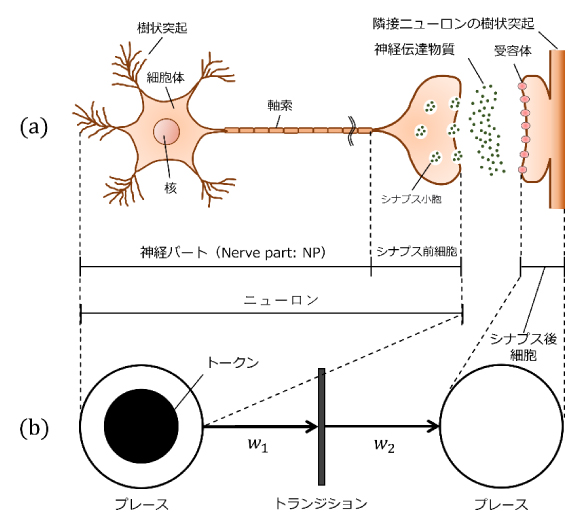2024-07-05 カリフォルニア工科大学(Caltech)
<関連情報>
- https://www.caltech.edu/about/news/mayday-how-to-activate-a-cells-emergency-response-procedures
- https://www.cell.com/molecular-cell/fulltext/S1097-2765(24)00052-2
統合ストレス応答のHRI分枝がマイトファジーを選択的に引き起こす The HRI branch of the integrated stress response selectively triggers mitophagy
Yogaditya Chakrabarty,Zheng Yang,Hsiuchen Chen,David C. Chan
Molecular Cell Published:February 09, 2024D
OI:https://doi.org/10.1016/j.molcel.2024.01.016
Graphical abstract

Highlights
- Heme-regulated inhibitor branch of the integrated stress response drives mitophagy
- Mitochondrial localization of phospho-EIF2α is crucial for mitophagy induction
- Several types of mitophagy, including PINK1/PARKIN, are regulated by HRI
- HRI and PINK1/PARKIN are parallel pathways for mitophagy with distinct mechanisms
Summary
To maintain mitochondrial homeostasis, damaged or excessive mitochondria are culled in coordination with the physiological state of the cell. The integrated stress response (ISR) is a signaling network that recognizes diverse cellular stresses, including mitochondrial dysfunction. Because the four ISR branches converge to common outputs, it is unclear whether mitochondrial stress detected by this network can regulate mitophagy, the autophagic degradation of mitochondria. Using a whole-genome screen, we show that the heme-regulated inhibitor (HRI) branch of the ISR selectively induces mitophagy. Activation of the HRI branch results in mitochondrial localization of phosphorylated eukaryotic initiation factor 2, which we show is sufficient to induce mitophagy. The HRI mitophagy pathway operates in parallel with the mitophagy pathway controlled by the Parkinson’s disease related genes PINK1 and PARKIN and is mechanistically distinct. Therefore, HRI repurposes machinery that is normally used for translational initiation to trigger mitophagy in response to mitochondrial damage.


